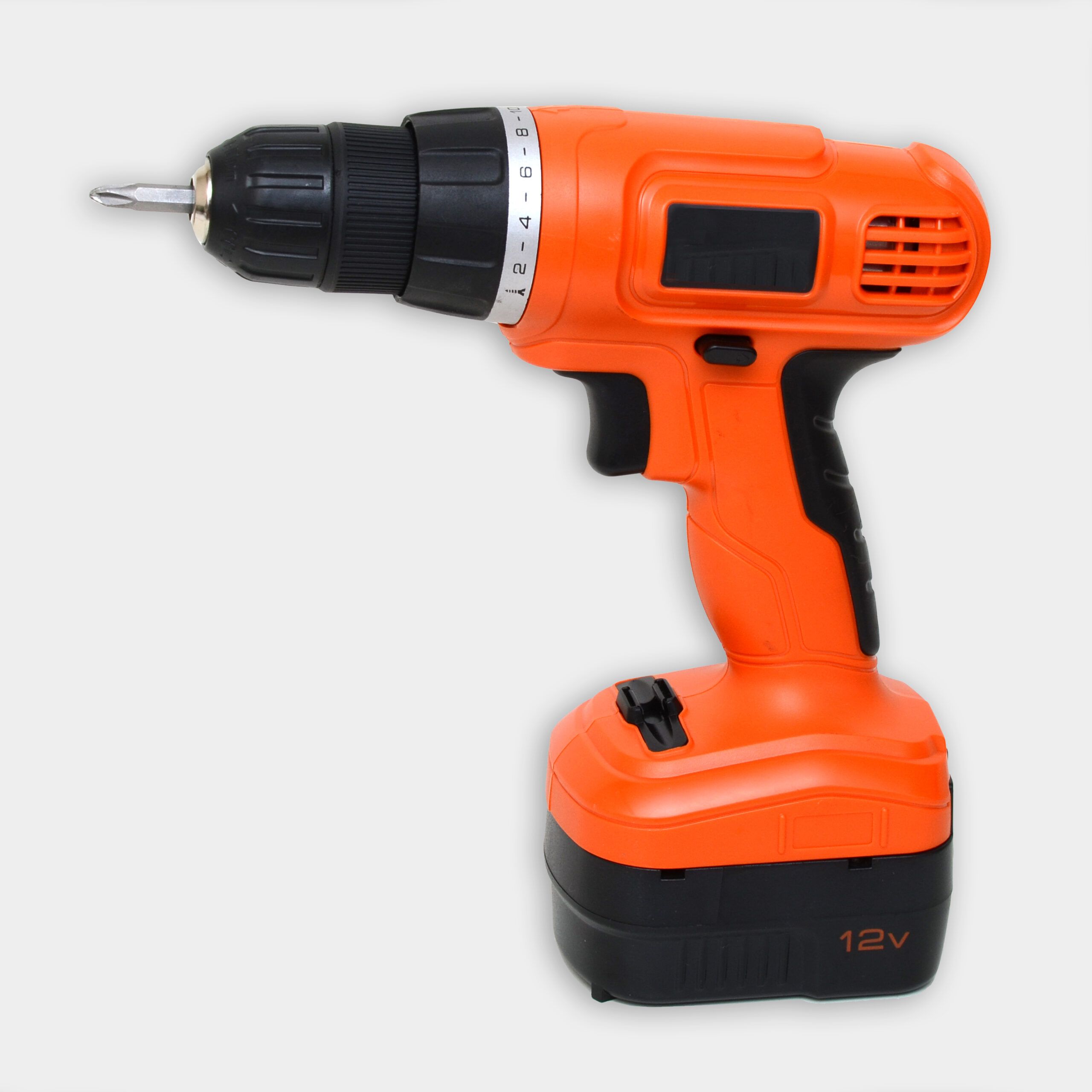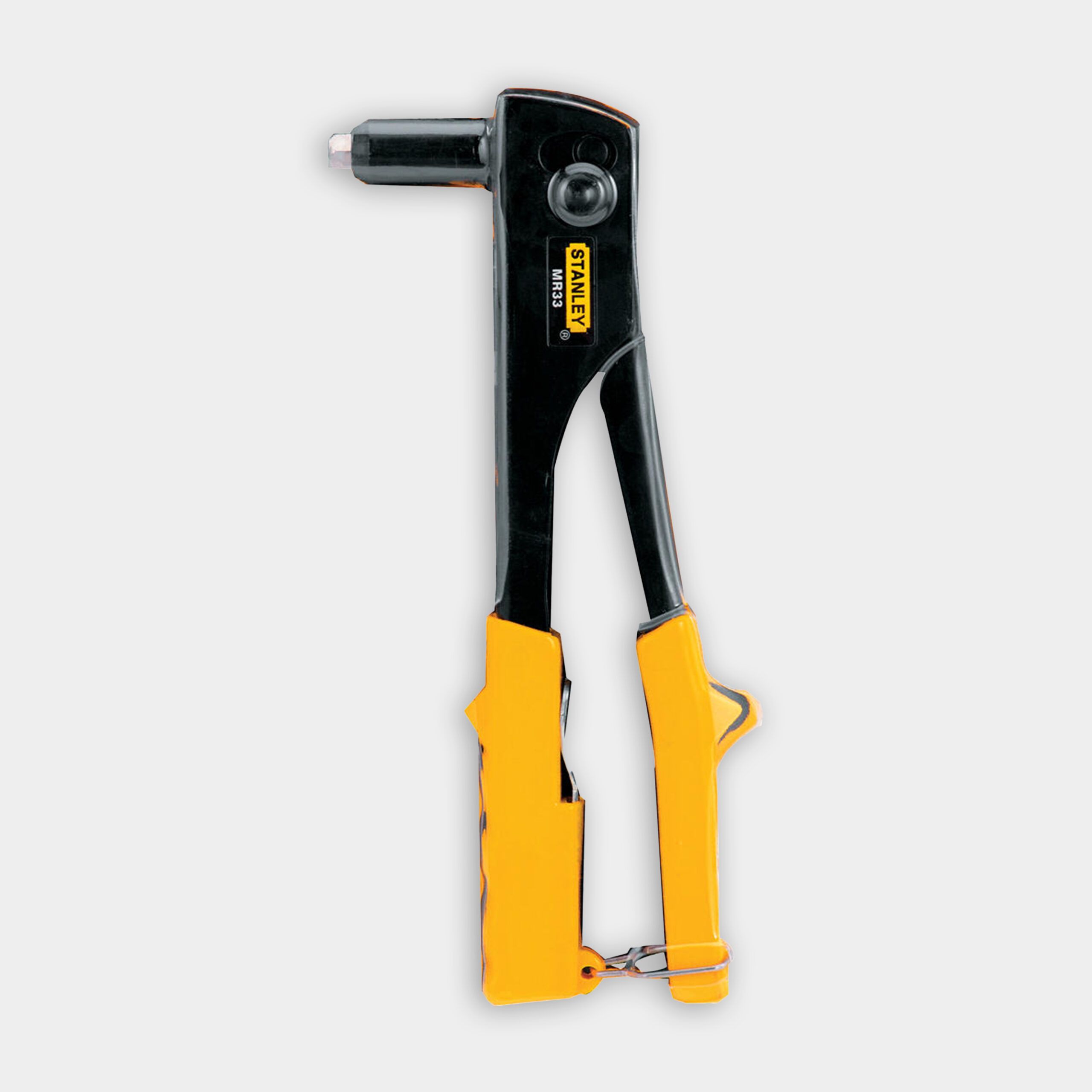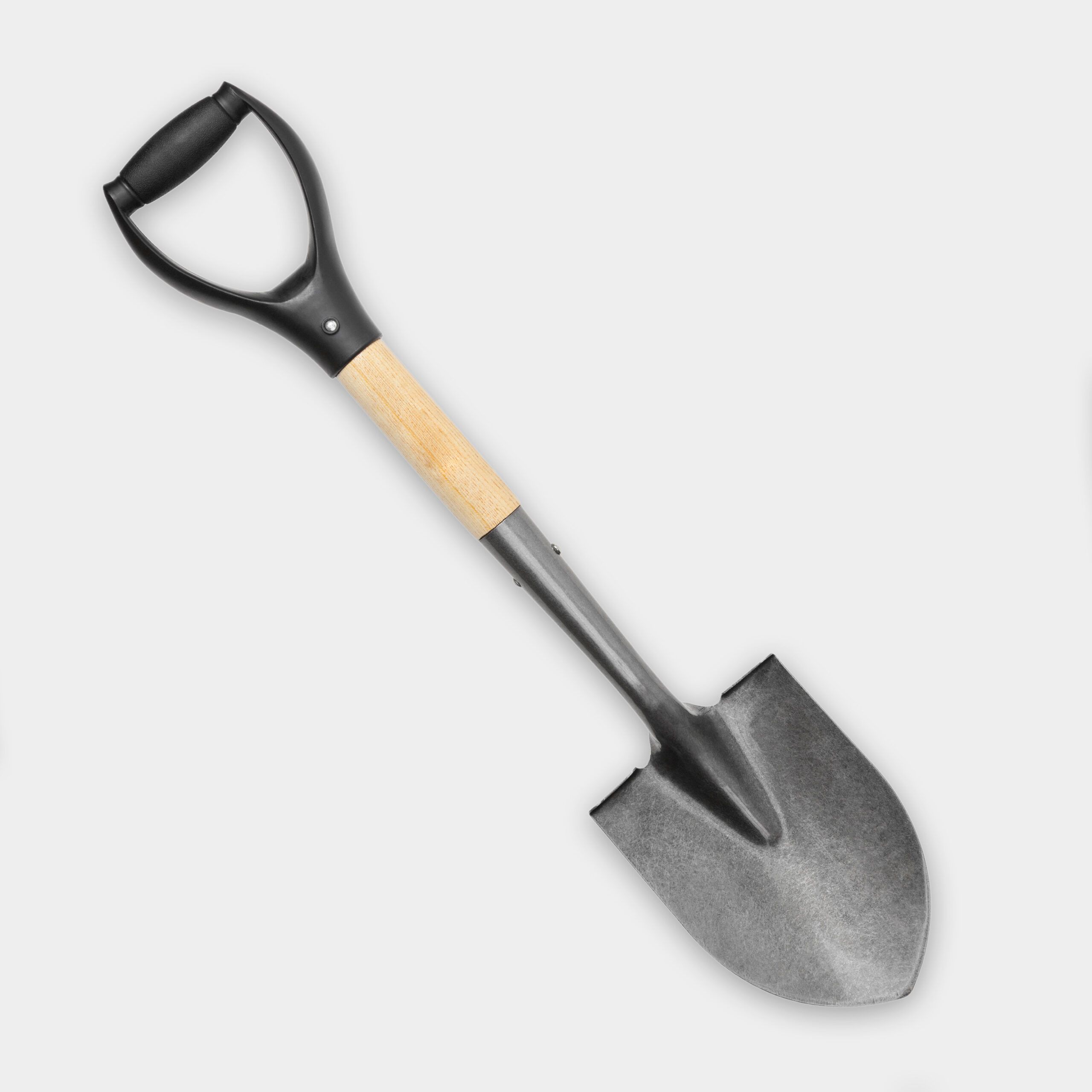We may be compensated if you purchase through links on our website. Our team is committed to delivering honest, objective, and independent reviews on home products and services.
Project details
Skill
Cost
Estimated Time
Water needs to drain away from your home to protect your foundation from water damage. When downspouts discharge water too close to your house, it can lead to basement flooding, foundation cracks, and soil erosion. In the video above, Roger Cook, a landscape contractor with This Old House, shares tips for managing rainwater drainage.
Gutter Maintenance: The First Line of Defense
Before addressing downspout drainage, make sure your gutters are functioning properly. Clogged gutters can cause water to overflow, defeating the purpose of your drainage system. Keep your gutters clean by removing leaves, twigs, and debris from gutters at least twice a year. Check for proper gutter slope to ensure water flows toward your downspouts. The standard slope is half an inch per every 10 feet of guttering. Also, inspect your gutters for leaks or damage and repair them as needed.
Gutter guards can make life much easier by reducing the need for regular cleaning. Popular gutter guard types include foam inserts, mesh screens, and reverse-curve guards.
Downspout Extensions: A Simple Solution
One of the easiest ways to direct water away from your foundation is by using downspout extensions. These attachments can quickly and effectively move water several feet away from your home.
There are several types of downspout extensions, including the following:
- Decorative extensions
- Flexible accordion-style extensions
- Rigid aluminum extensions
- Roll-out extensions
Cook shows that a 4-foot extension is often sufficient, but longer extensions may be necessary depending on your property’s grade. To install a downspout extension, follow these steps:
- Measure the distance from the downspout to where you want the water to discharge.
- Choose an extension that reaches at least 4 feet from your foundation.
- Attach an elbow to the bottom of the downspout.
- Connect the extension to the elbow.
- Ensure the extension and surrounding ground slope away from the house.
Splash Blocks: A Traditional Approach
Splash blocks are another option for dispersing water away from your foundation. These sloped concrete or plastic blocks are placed at the base of downspouts to direct water outward.
When using splash blocks, check regularly for proper positioning, as they can shift over time. Make sure the block and surrounding ground slope away from the house. Place the block directly under the downspout.
Underground Drainage Systems: A Hidden Fix
For a more permanent and hidden solution, consider installing an underground drainage system. This method involves burying pipes to carry water away from your home.
If your property’s grade allows it, you can use solid PVC pipe to carry water to a lower area of your yard. PVC pipes are resistant to corrosion and can handle large volumes of water. Follow these steps to install an underground drainage system:
- Dig a trench from the downspout to the discharge point.
- Slope the trench away from the house (at least 1/4 inch per foot).
- Install a 4-inch diameter PVC pipe in the trench.
- Connect the pipe to the downspout using an adapter.
- Backfill the trench, ensuring the pipe remains properly sloped.
A French drain system can help disperse water into the soil. Here’s how to set up a French drain:
- Dig a trench extending at least 10 feet from the house at a downward slope.
- Line the trench with landscape fabric.
- Add a layer of gravel to the bottom of the trench.
- Install a perforated pipe with holes facing down.
- Cover the pipe with more gravel.
- Wrap the fabric over the top and backfill with soil.
Cook introduces an innovative alternative to traditional French drains: a black slotted pipe wrapped in fabric with foam kernels between the fabric and pipe. This all-in-one solution replaces the need for separate pipe, stone, and fabric components.
Dry Wells: Managing Excess Water
A dry well can provide additional water management capacity for properties with significant drainage issues or heavy rainfall. To install a dry well, follow these steps:
- Dig a hole at the end of your drainage pipe.
- Line the hole with landscape fabric.
- Place the dry well in the hole.
- Connect your drainage pipe to the dry well.
- Surround the dry well with gravel.
- Cover with the fabric and backfill with soil.
Drainage Considerations for Downspouts
When implementing any drainage solution, keep these factors in mind:
- Landscape integration: Choose drainage solutions that complement your yard.
- Local regulations: Check with your municipality for any restrictions on water discharge.
- Neighboring properties: Ensure your drainage solutions don’t create problems for adjacent lots.
- Winter concerns: Avoid directing water onto surfaces where it can freeze and create hazards.
Advanced Drainage Techniques
For those looking to optimize their drainage systems further, consider these advanced techniques:
- Sump pumps: Sump pumps can help manage groundwater and prevent basement flooding in areas with high water tables.
- Rain gardens: These are shallow, landscaped depressions that can absorb rainwater runoff from roofs, driveways, and patios, reducing the amount of water that needs to be redirected.
- Permeable pavements: Replacing traditional concrete or asphalt driveways with permeable materials can reduce runoff and allow water to infiltrate the ground naturally.
Implementing these advanced techniques can offer additional layers of protection and efficiency to help keep your home dry and free from water damage.



